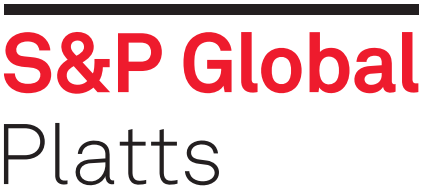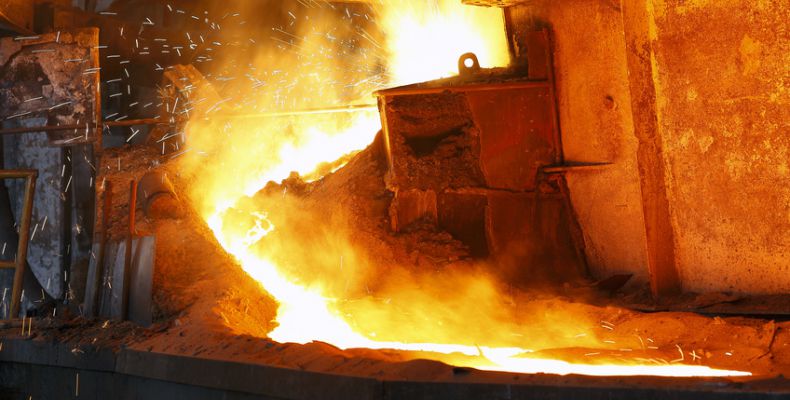Eurofer, the European association of the steel industry, has forecast steel demand in the EU to drop by 3.5% to 145 million mt in 2022, owing to a deeper-than-expected recession caused by the continuing worsening of the EU economy following Russia’s invasion of Ukraine and the energy crisis.
Earlier this year, the association had forecast steel demand to drop by 1.7% in 2022.
In an Oct. 26 report, Eurofer cited that negative demand was expected to continue for at least the first half of 2023, posting a drop of 1.9% year on year to 142.4 million mt of steel products.
Although consumption rebounded after 2021 with an increase of 16.3% post-pandemic, the positive trend in steel demand came to an end in the second quarter of 2022 owing to a drop of 4.8% to 38.6 million mt.
According to the association, 2022 and 2023 would mark the third and fourth respective years of recession for steel consumption in five years.
“All downside factors have remained in place and even exacerbated, especially skyrocketing energy prices, which lead to unbearable production costs,” Eurofer Director General Axel Eggert said in the report.
“This has entailed a further cut in apparent steel consumption and a significant downward revision of steel-using sectors’ output in the EU for the remainder of this year and supposedly for the first half of next year,” he said, adding that Eurofer was still worried about the “persistent high level of distortive steel imports into the EU.”
Although imports into the EU continued to grow, albeit at a slower pace, in the second quarter at 1.6%, they were significantly down from 28.5% in the first quarter.
EU steel-using sectors
Steel-using sectors had proved to be more resilient in Q2 than initially thought, owing to the carry-over effect of 2021’s post-coronavirus rebound of 8.4%, Eurofer said in the report.
However, the Russia-Ukraine war and consequential energy price increases are likely to impact the end of 2022 and at least Q1 2023, the report added, with steel-using sectors’ output in 2023 expected to fall by 0.9%, compared with the previous forecast of a 2.2% increase.
Among the main steel-using industries, positive developments were recorded in the construction, mechanical engineering, and transport sectors, and particularly in the automotive sector, in which growth of 1.9% was expected for 2022.
The association revised its forecast for the construction sector upward, with a growth of 5.6% expected in 2022, compared with 5.3% previously, due to bullish developments in H1.
However, this trend was expected to ease over the forthcoming quarters due to the impact of rising construction material prices, easing growth in construction and low supply.
Eurofer said growth in construction output was set to lose speed in the coming quarters of Q4 2022 and Q1 2023, with full-year 2023 construction activity to fall by1%.
Rebar prices, the main steel product used in the construction sector, have seen a large drop in prices since March 2022, it said.
According to Platts, part of S&P Global Commodity Insights, the weekly Northwest Europe rebar ex-works price moved from Eur809/mt at the beginning of January to Eur1,264/mt at the end of March, before falling to Eur865/mt on Oct. 19.
After a severe slump of 18% in 2020 due to the coronavirus pandemic, automotive output rebounded by 3.3% in 2021. However, Eurofer expected the production to drop again, albeit at a moderate pace, in 2022, revising its forecast to a 1.7% drop from 0.5% previously.
The automotive sector was forecast to see moderate growth of 1.1% in 2023, according to Eurofer, although this was based on “that war-related disruptions and uncertainty will ease substantially as a result of an improved economic and industrial outlook,” it said.
Platts assessed hot-rolled coil, the main steel products used in the automotive industry, in Northwest Europe stable day on day at Eur650/mt ($648.38/mt) ex-works Ruhr Oct. 25, although it has dropped Eur272/mt since the beginning of the year.
— Annalisa Villa






